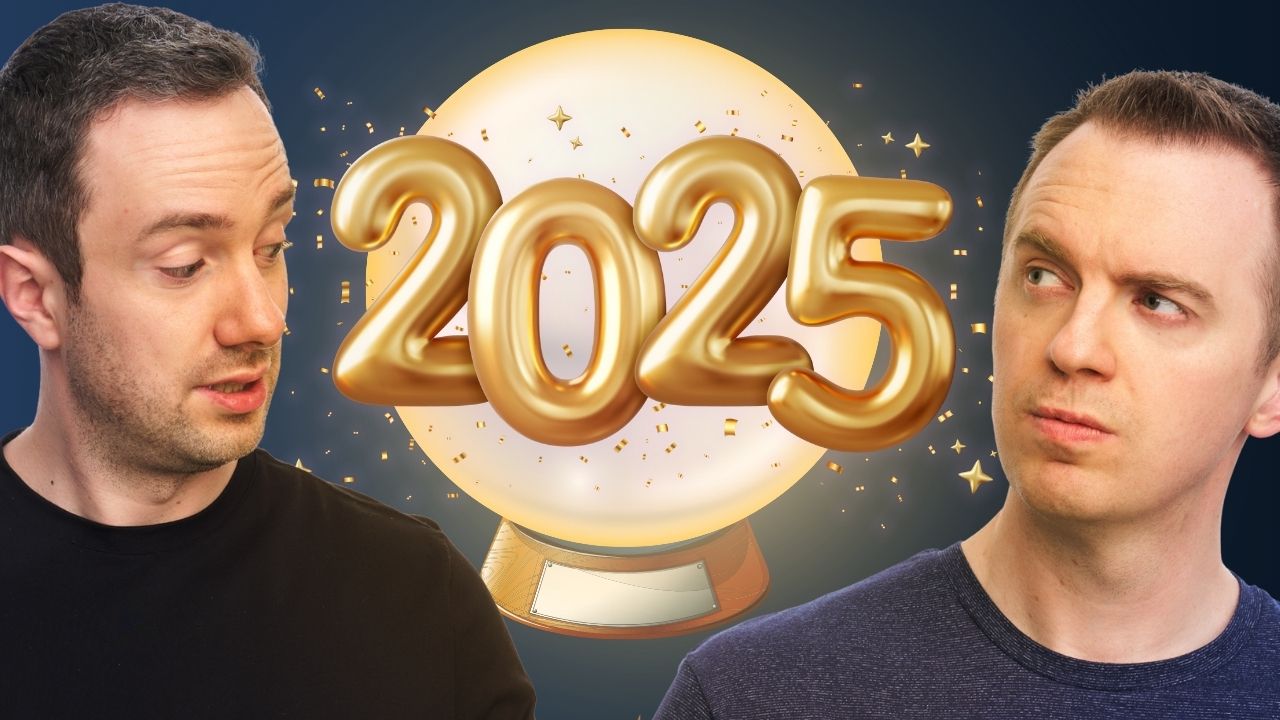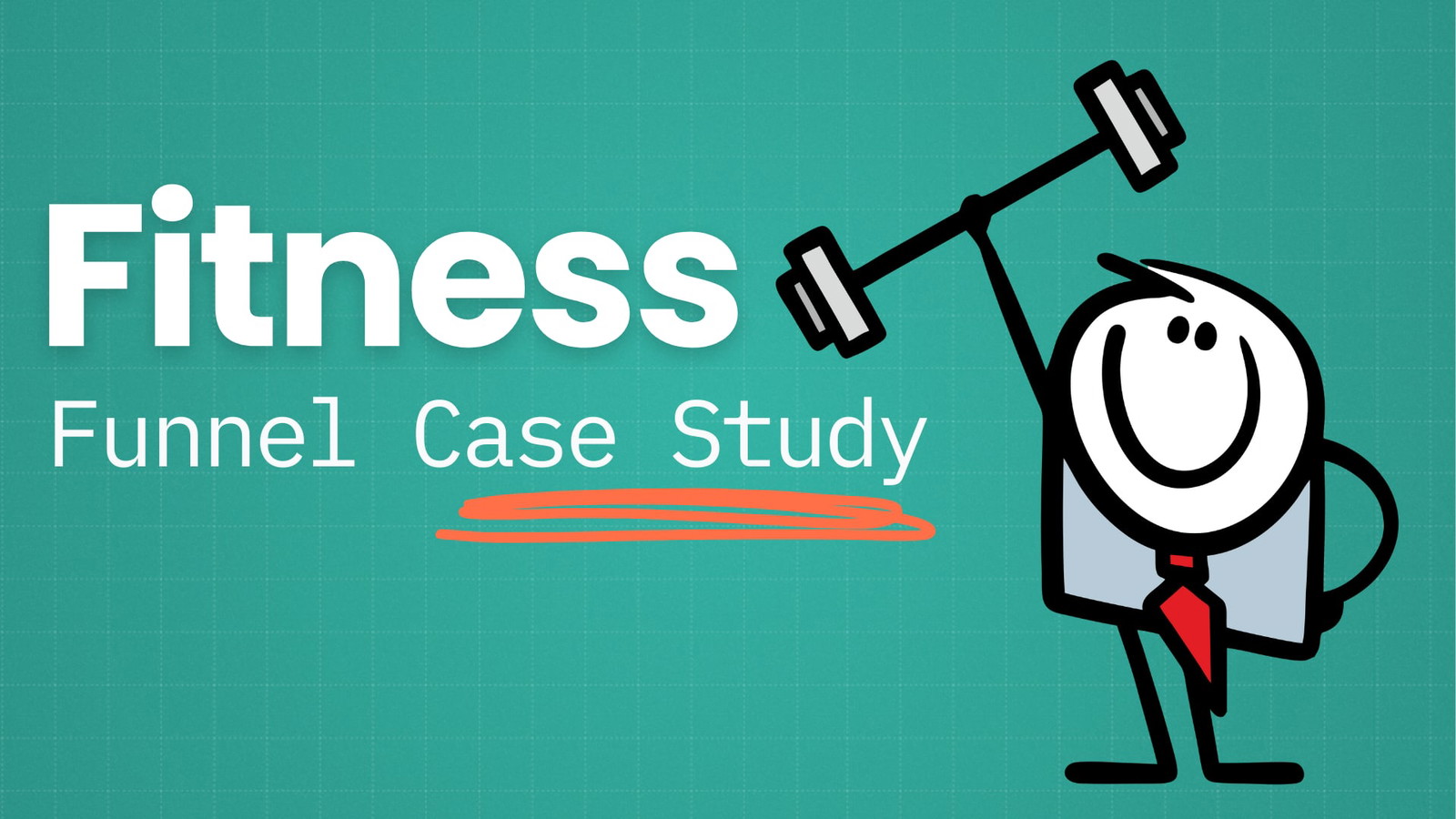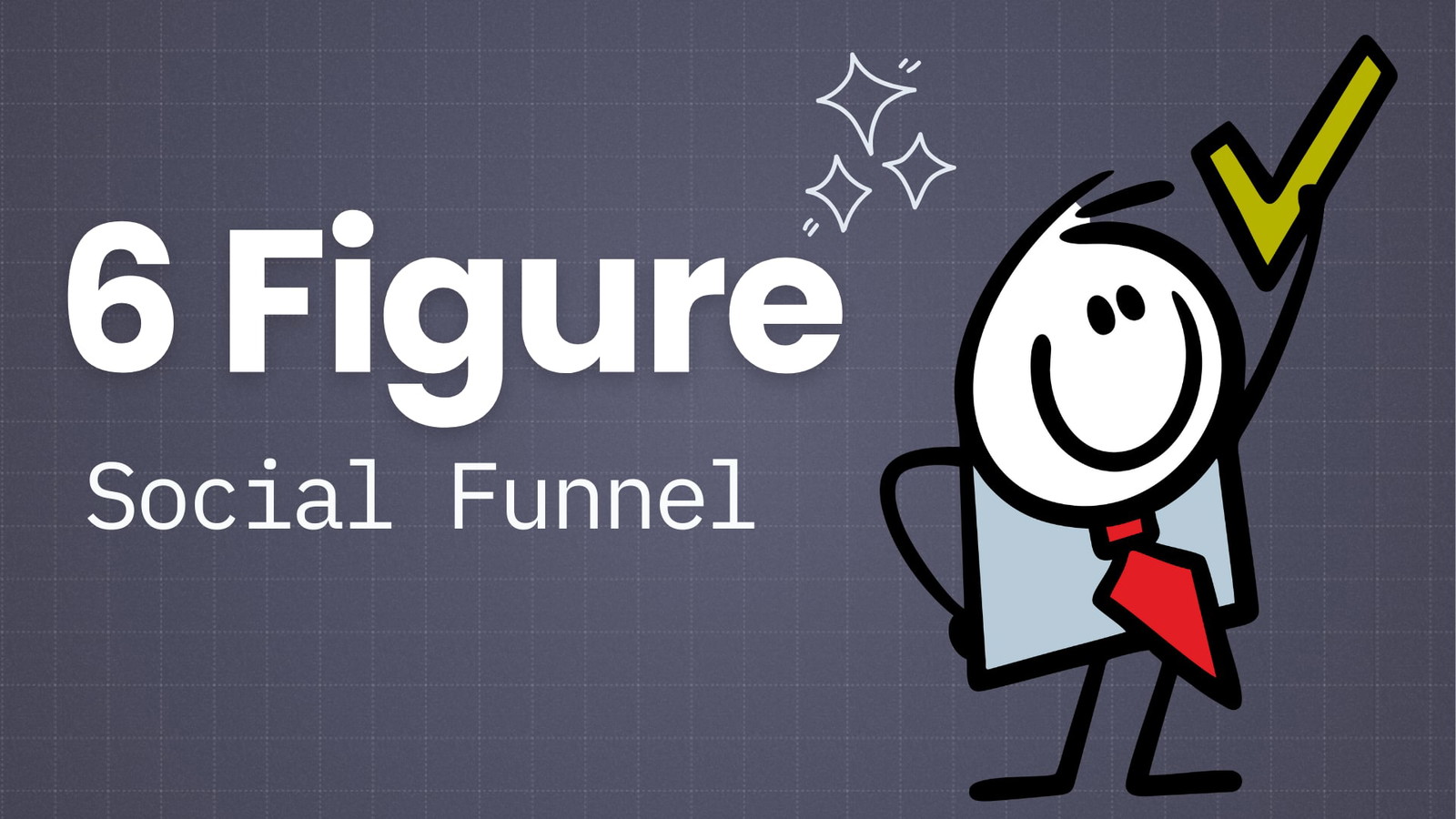Starting a personal blog is a great way to build a personal brand and create a reliable revenue-generating asset.
There’s a lot of potential here. We’ve taught more than 15,000 students how to build profitable blogs, and many have created successful personal blogs.
We’ve also cracked the code for making money from a blog – here’s a small sample of the revenue we’ve generated:

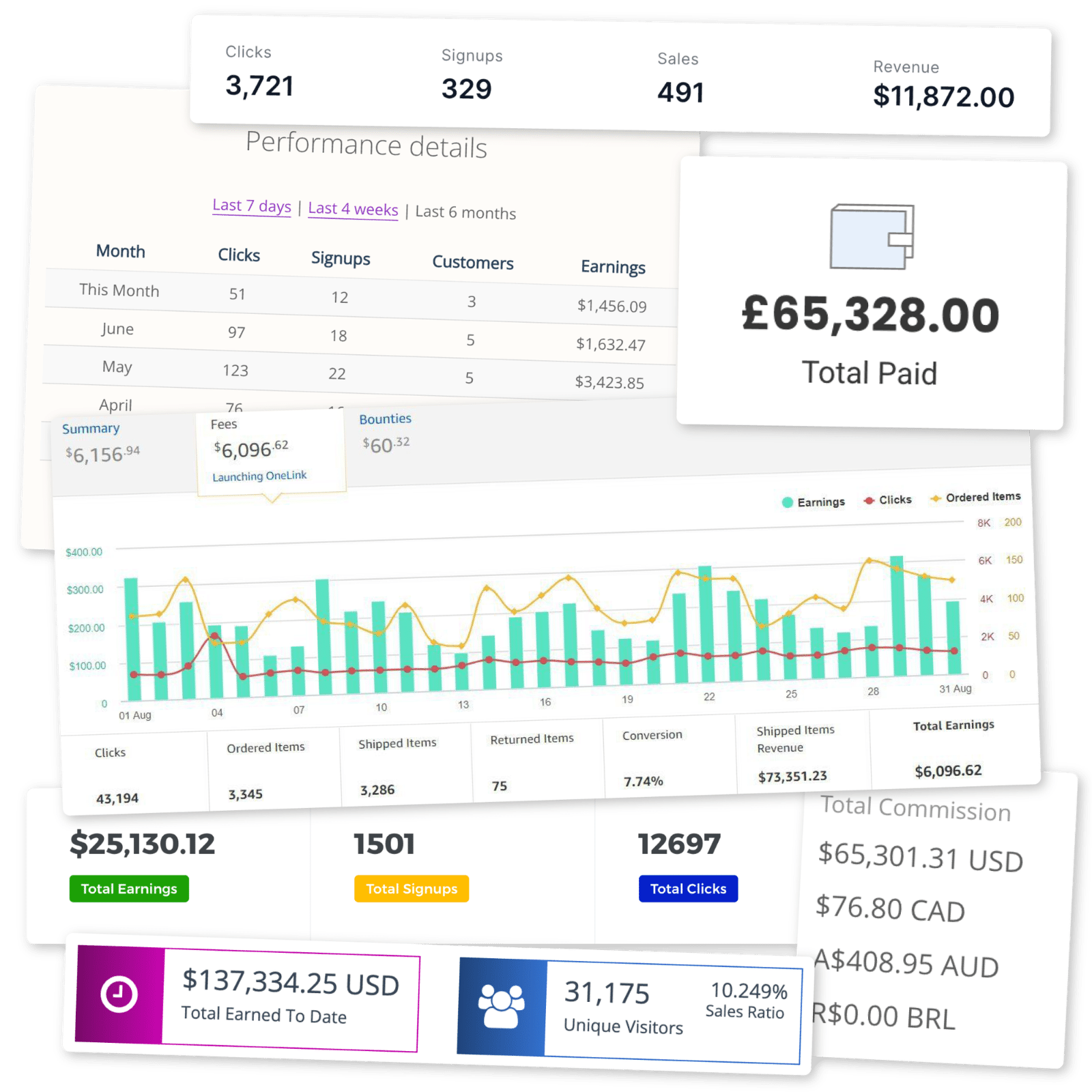
To help you find similar success, we’ve put together this 10-step guide to starting a personal blog.
What Is a Personal Blog
A personal blog is a platform for you to share your thoughts and insights about any topic you like.
A personal blog can be about anything, but there are benefits to focusing on a specific topic.
Many people use personal blogs to build their personal brand, leveraging the visibility to establish themselves as thought leaders in their industry.
A personal blog differs from a standard niche-focused blog because there is an expectation that you will be the person writing every post. People will often follow your blog because they want to hear from you just as much as they want to learn about the topics you write about.
Why Start a Personal Blog
If you have a unique perspective or personal experience to share, starting a personal blog is a great option.
For starters, a personal blog is a great way to earn money. You can monetize your blog through consulting, partnerships, display ads, affiliate marketing, and even selling your own products.
Through this, you’ll grow a community and a following of like-minded people who want to hear your stories and ideas.
Lastly, your brand will revolve around the ideas and products you believe in. It’s a unique way to leave a lasting imprint on the world and become a thought leader.
Examples of Successful Personal Blogs
One of the best ways to ensure your own success is to pay attention to what other successful bloggers do. Here are a few personal blog examples for inspiration:
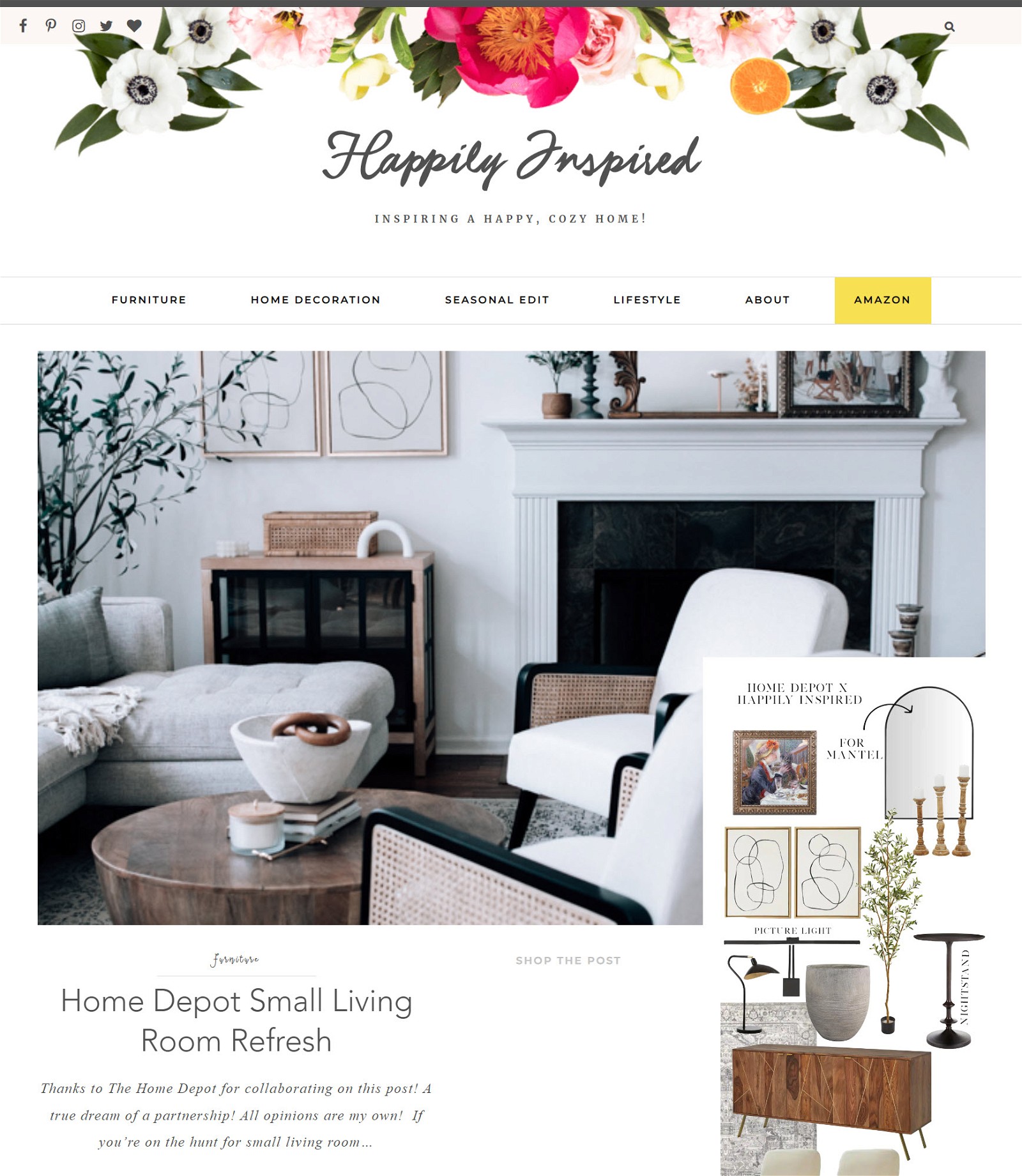
Happily Inspired
Happily Inspired follows Arin Agase, who shares her interior design tips and tricks, personal style ideas, inspiration, and insights into the intricacies of motherhood.

Mark Manson
Mark Manson is a self-help website that covers topics like finding purpose, decision-making, and dating.
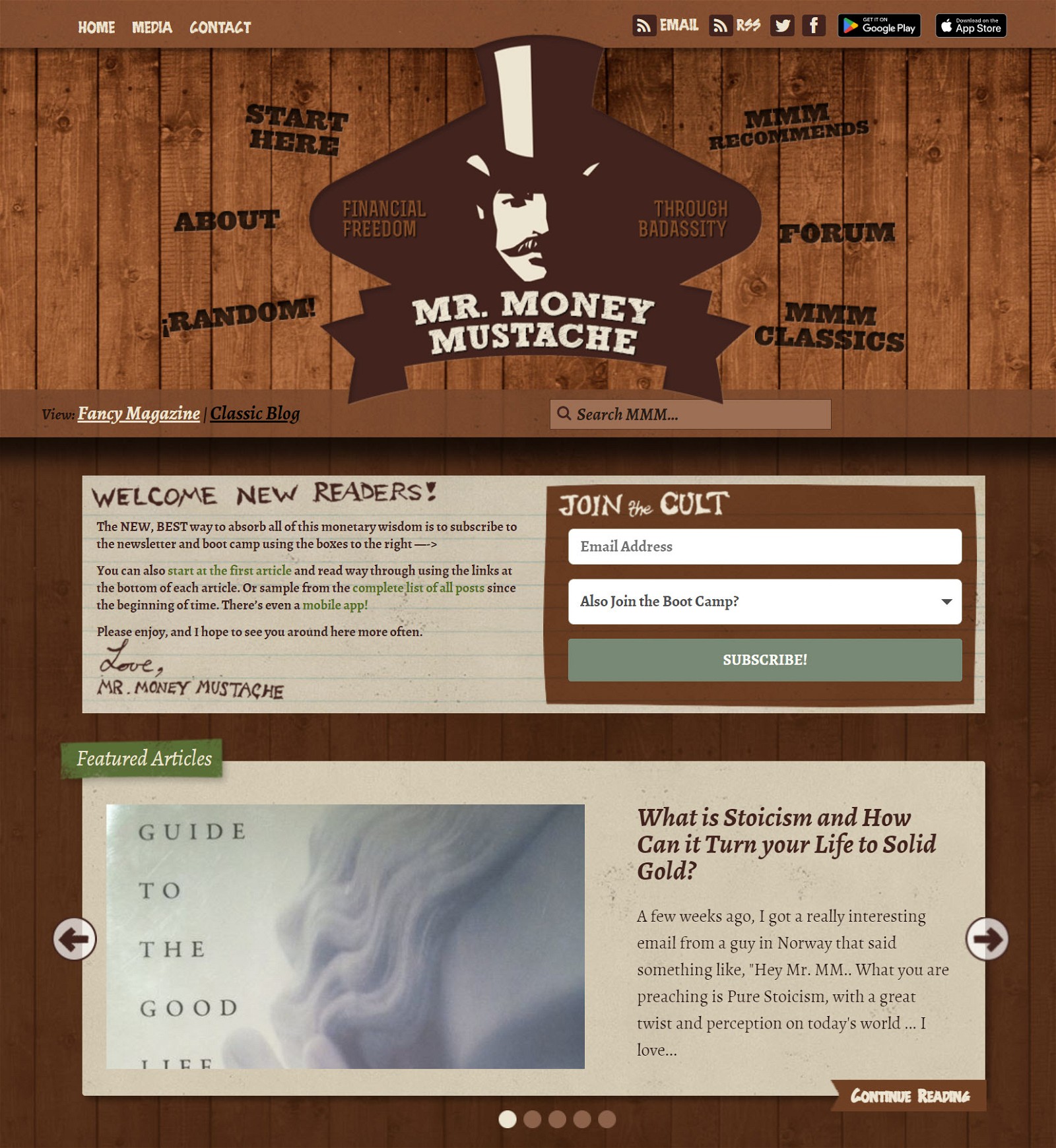
Mr. Money Mustache
Mr. Money Mustache is a resource created by Peter Adeney to help readers improve their financial habits and retire sooner.
How to Start a Personal Blog in 10 Steps
Ready to start your blog? Here are ten easy-to-follow steps to get you started.
1 Narrow Down Your Niche
While it can feel tempting to keep your blog topics broad, narrowing down your niche is beneficial — especially in the beginning.
Niching down allows you to cater to a targeted audience, making your content more relevant and engaging. It can also help with search engine optimization since you’ll establish yourself as an authority in a particular area.
Here are some examples of sub-niches you can offer your personal slant on:
- Healthy cooking on a budget: Offering affordable, nutritious recipes and meal planning tips, appealing to those looking to eat healthily without breaking the bank.
- Urban gardening: Providing guidance on growing plants and vegetables in limited spaces, perfect for city dwellers with an interest in gardening.
- Personal finance for millennials: Delivering tailored advice on budgeting, saving, and investing, aimed at a younger audience seeking financial wisdom.
- Photography for beginners: Presenting simple tutorials for improving photography skills using smartphones and basic cameras, ideal for aspiring photographers.
- Fitness for busy people: Sharing short, effective workout routines and health tips, catering to individuals with hectic schedules who want to stay fit.
Before you decide on a niche, you should qualify it for audience interest. You won’t be able to attract readers or make money if no one wants to read about your topic.
The first step is to compile a list of successful blogs in your niche.
You can easily find relevant sites by using blog aggregators like Detailed.
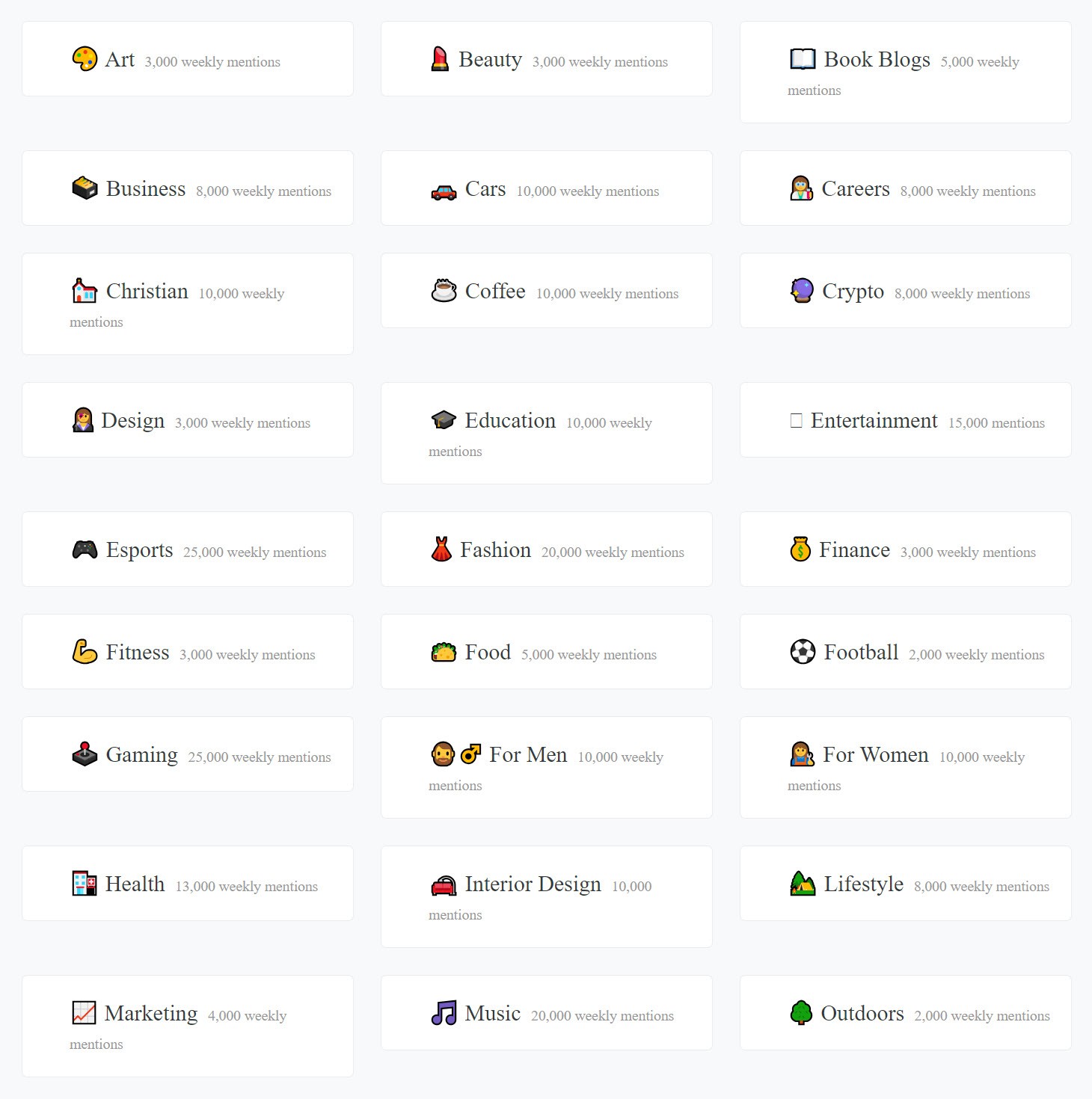
Google is another great place to find blogs in your niche that align with your interests. Once you find a few successful blogs, you can use Ahrefs to find a comprehensive list of organic competitors.
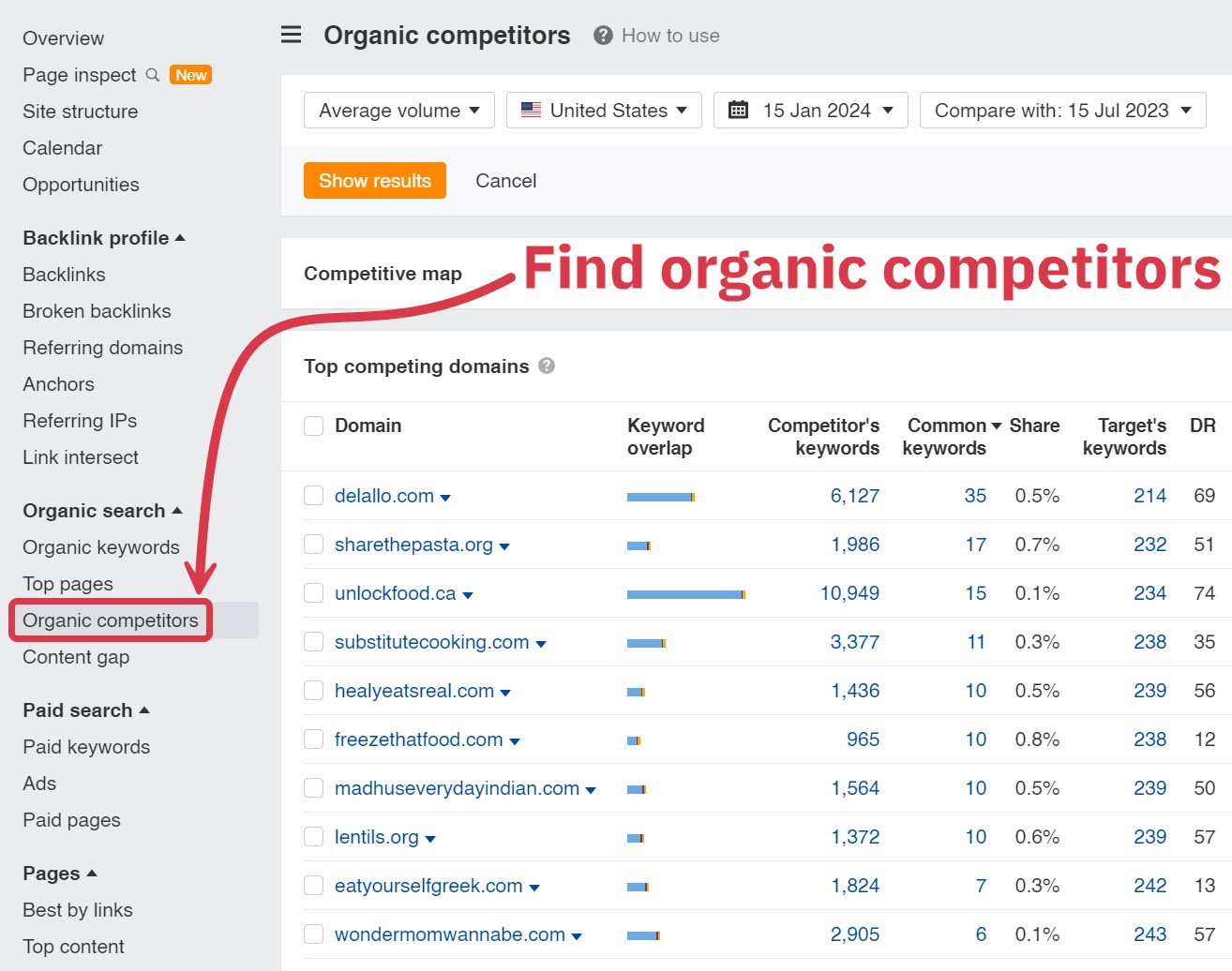
Ahrefs is a paid service, but it provides plenty of valuable insight for bloggers. If you’re not ready to commit to the price of Ahrefs, you can do basically the same through the free trial of SE Ranking.
Once you sign up, go to the Competitive Research tab, type in your competitors’ site names, and see their organic traffic.
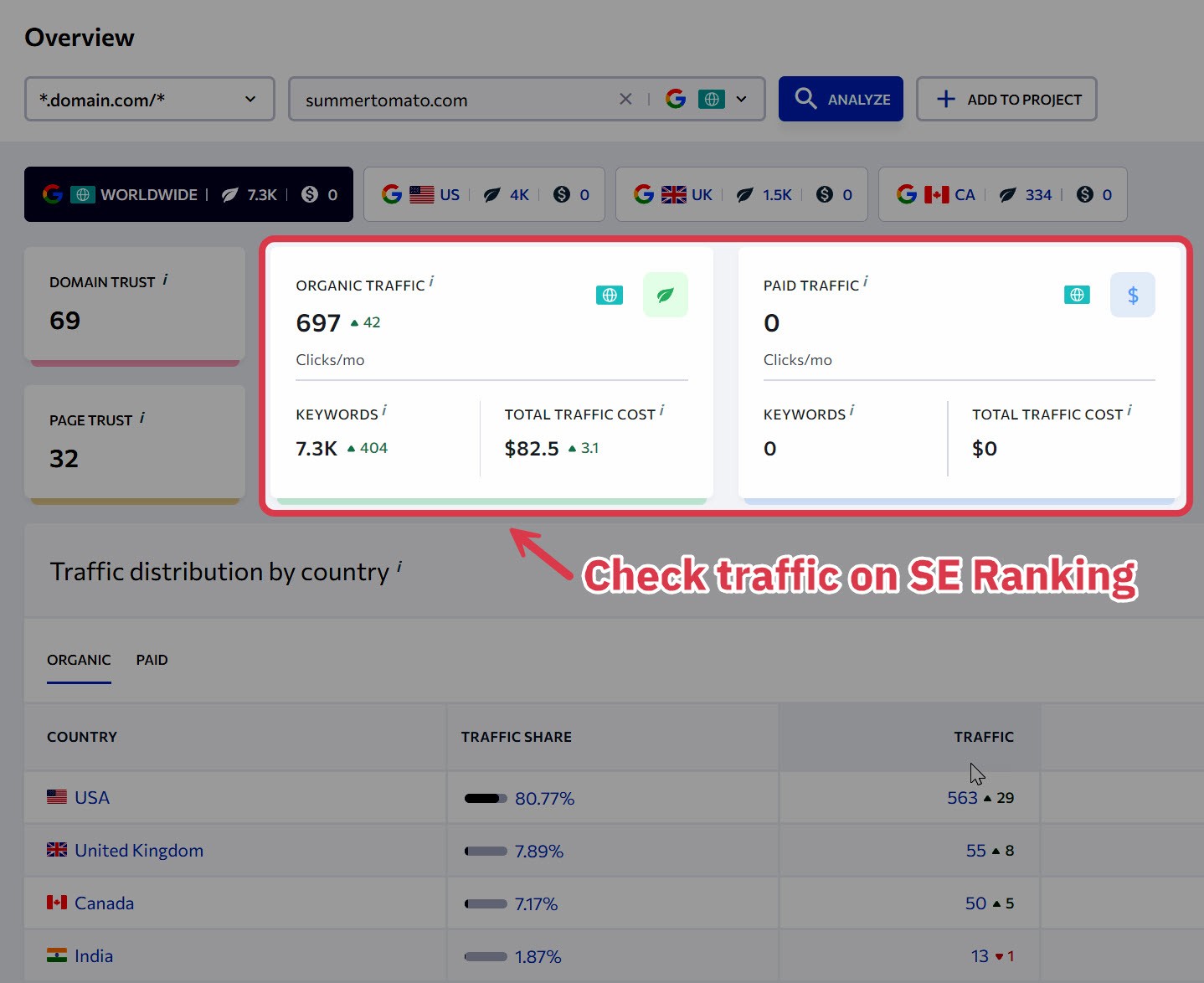
If you’re stuck between a few niches, you can compare their popularity with Google Trends.

Type in each niche you’re considering, and Google Trends will analyze how much interest each topic has generated over time.
In the example above, fitness and fashion have historically drawn more traffic than parenting.
For more help narrowing down your niche, check out our niche selection guide:
Remember that you can branch out of your niche as your site grows. So take some time to ensure you’re choosing wisely, but don’t let deciding get in the way of moving on to the next step.
2 Choose a Blogging Platform
Next, you’ll need to choose a blogging platform.
A blogging platform allows you to publish your content on the internet. There are a few options, but not all are created equal.
Social blogging platforms like Medium and Blogger offer easy and convenient ways to share your thoughts and ideas.
At first glance, they can seem like the perfect choice for a novice blogger, but they have some limitations:
- Earning income from them can be challenging.
- There are typically stringent guidelines regarding permissible content.
- There’s little you can do to customize your blog.
This is why building your own website is the best choice for anyone serious about growing their site.
We recommend self-hosting your blog using WordPress.org (not to be confused with WordPress.com) for a few reasons:
- You get full control over your blog’s design and functionality
- You can share ideas without fear of your content getting removed.
- You can monetize your blog relatively easily through display ads and affiliate marketing.
- You can grow a following by building an email list, limiting your exposure to volatile traffic fluctuations from Google updates.
It has a learning curve that can feel steep at first, but it’s free to use and is the industry standard for successful websites.

WordPress is the best choice, but if you want to explore other options, read our list of the best blogging platforms.
The rest of this guide walks you through exactly how to set up a WordPress site, so if that’s the route you’ve decided to go, let’s move to the next step.
3 Choose Your Domain Name
The next step in starting your blog is choosing a domain name. A domain name is the web address people type into their browsers to access a specific website.

A good domain is important because it’s the first impression visitors have of your brand. It should be memorable, reflect your content, and be easy to spell.
Here are six tips for choosing a domain name:
- Include your name. Many personal bloggers opt for a domain that’s simply their first and last name. This adds authenticity and makes your blog easily recognizable.
- Keep it short. Long and complicated domains are hard to remember. Aim for simplicity and clarity.
- Avoid hyphens and numbers. They can be confusing and often mistyped when spoken.
- Think long-term. Your domain name should leave room for future growth and niche expansion.
- Check availability on social media. Use Brandsnag to check if your name is available on major social platforms.
- Research trademarks. Use a trademark search tool to ensure your name isn’t in use.
- Use a .com. The .com extension provides credibility that other extensions lack. If you have a great name without an available .com, check our list of .com alternatives.
Having trouble coming up with a name? Try an AI domain generator like Brandsnap to find available and relevant names instantly.
Once you find the perfect domain name for your blog, it’s time to purchase it. You can get one for around $10 per year at Namecheap.
4 Buy Web Hosting
The final step before you create your site is to purchase web hosting.
A web host is a service that stores your website’s data on a server and makes it accessible to visitors on the internet.
Bluehost is one popular option, but we recommend SiteGround for web hosting. They’re consistently faster, safer, and more reliable.
Follow this 7-step process to set up web hosting:
Step 1: Go to Siteground’s WP hosting page
Step 2: Choose the StartUp plan. It’s the cheapest option and provides everything a new site needs.
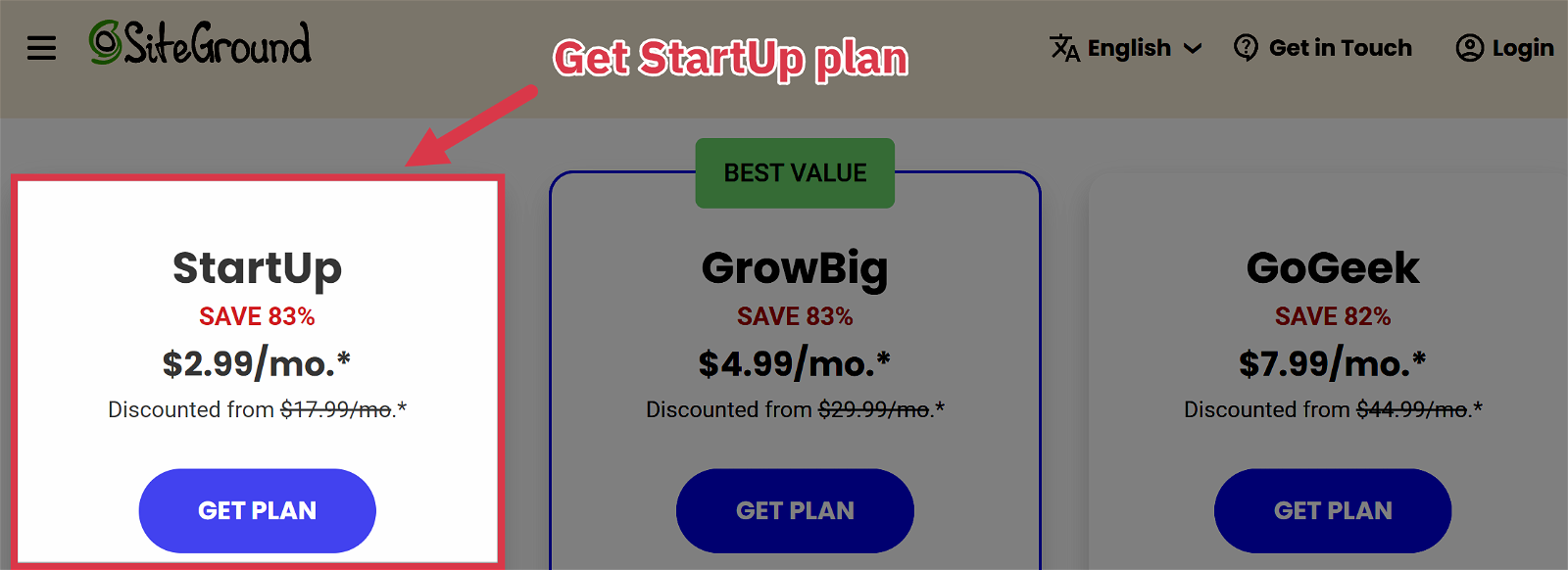
Step 3: Enter your domain name.

Step 4: Enter your account information.

Step 5: Enter payment details and choose your subscription duration — the 12-month option is your best bet. Note that the cost goes up after the first year.

Step 6: Skip extra services—you don’t need them for a new site.
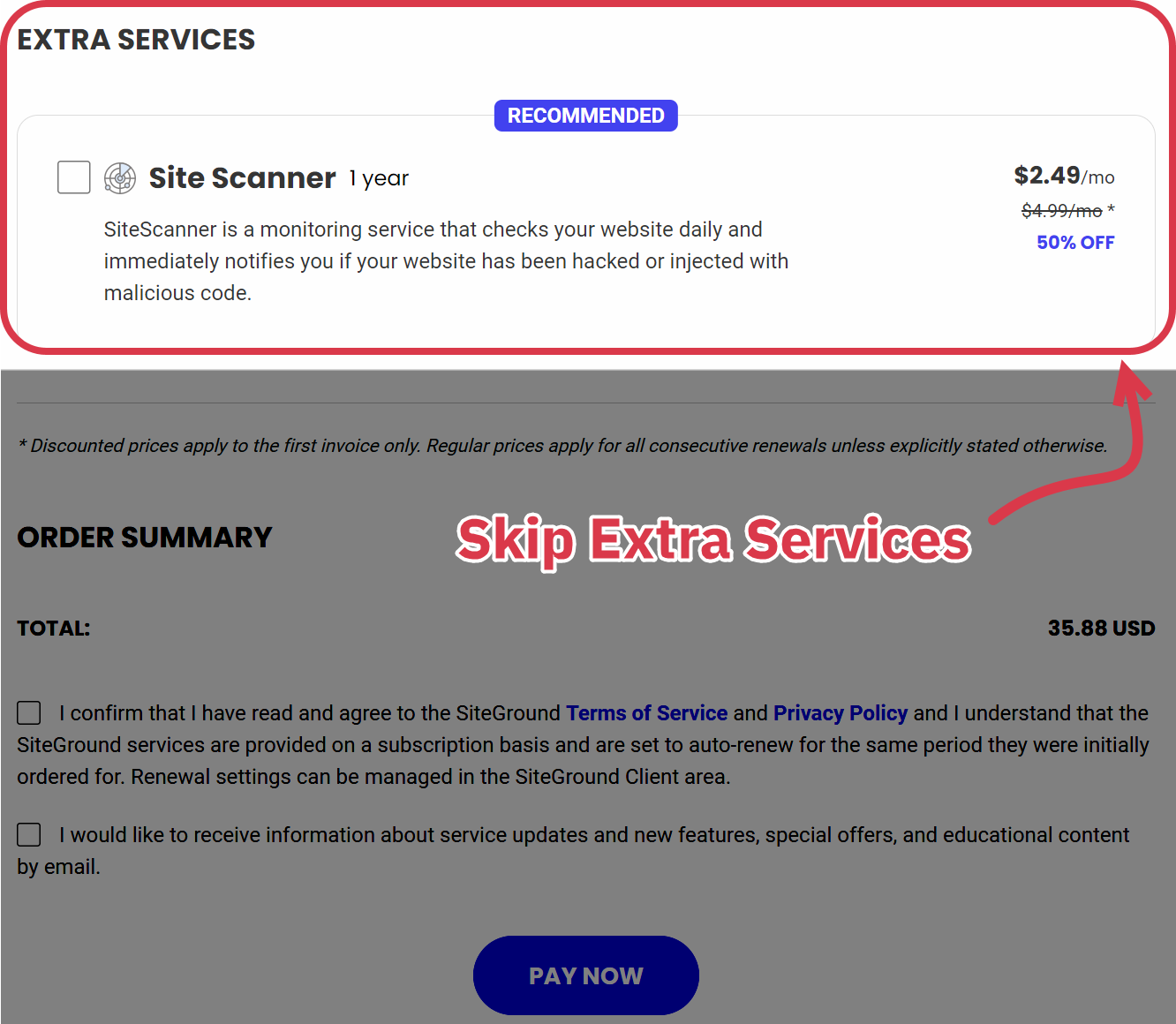
Step 7: Point your domain to SiteGround. You can do this through Namecheap (or wherever you purchased your domain name.) Just change the DNS settings. Contact support if you need extra help.
Once you finish, you’re ready to start creating your website!
5 Choose a Theme for your Personal Blog
Your theme will be the backbone of your site’s visual aesthetic and layout. There are hundreds of WordPress theme templates to choose from, which can make this step seem daunting at first.
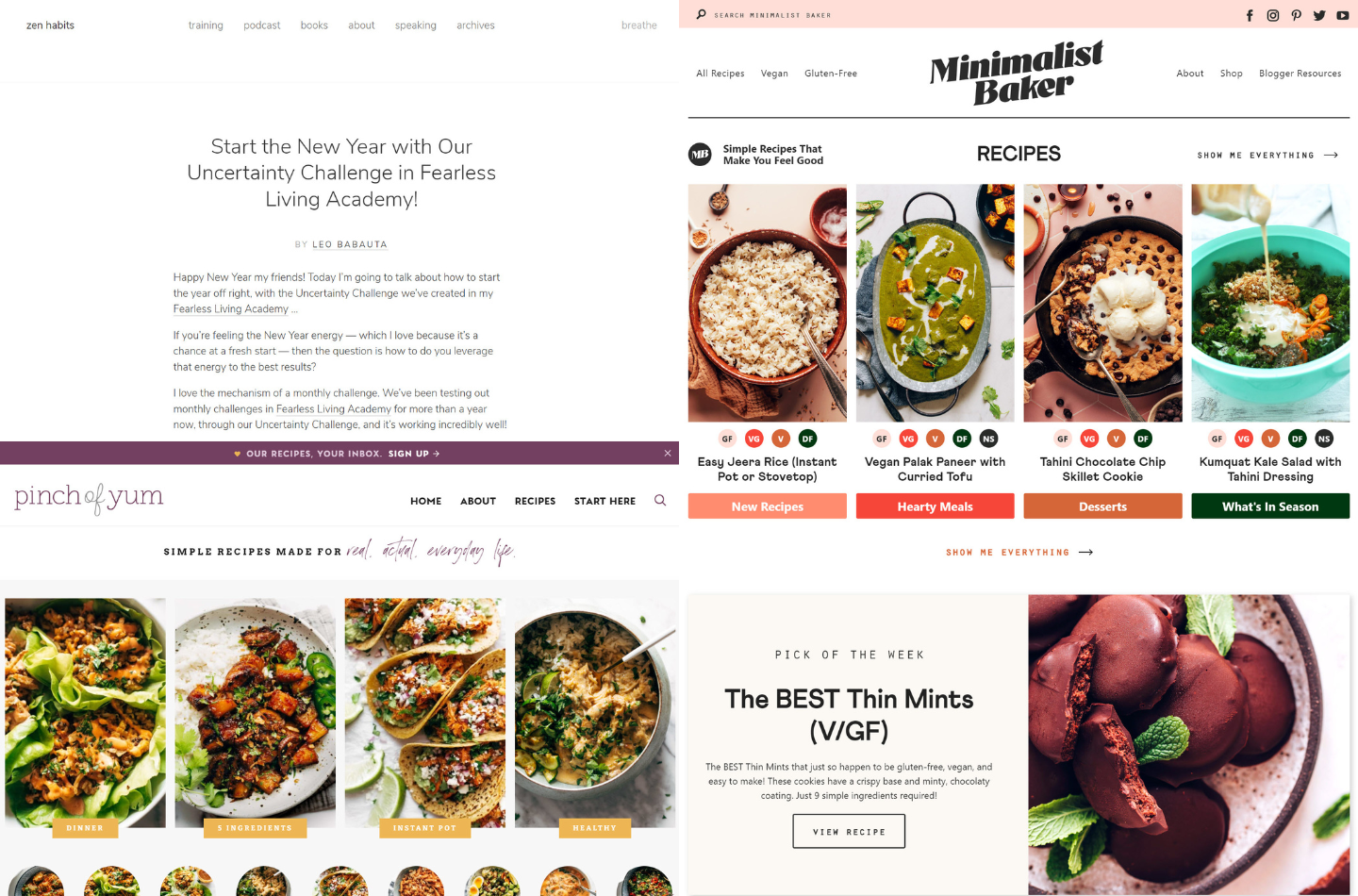
I recommend a free WordPress theme that offers a premium upgrade. This way, your site has room to grow as you generate income while keeping your start-up costs minimal.
Here are our favorite freemium themes:
If you want to choose a different theme, consider factors like customer support, customizability, and speed. Don’t be swayed by how the default themes on the sales pages look, as any decent theme will offer customization options that let you make it look however you want.
Installing your WordPress theme is quick and easy. Here’s our step-by-step guide:
Step 1: Go to the WordPress dashboard.
Step 2: Go to the left sidebar and select Appearance > Themes
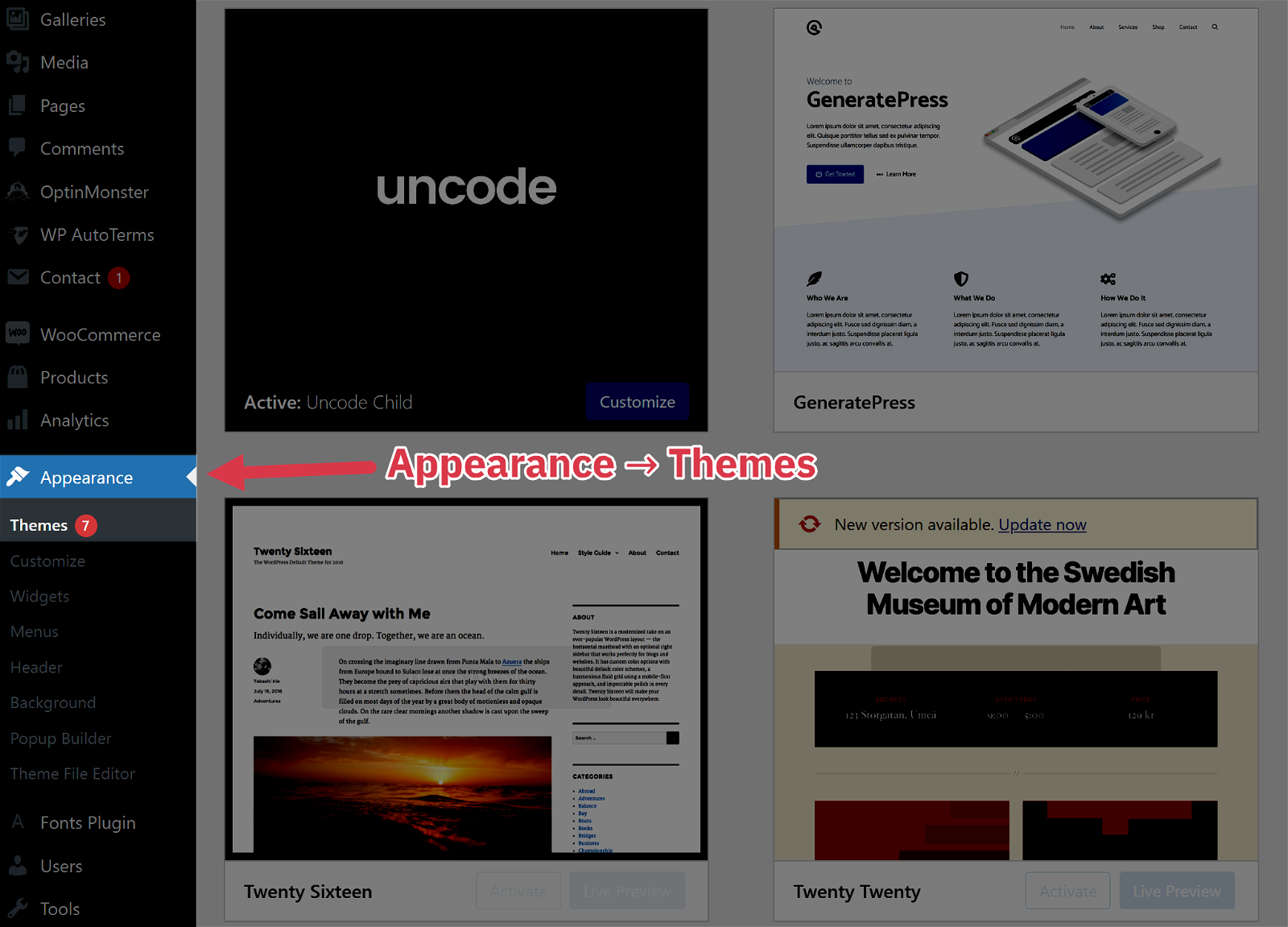
Step 3: Click “Add New”
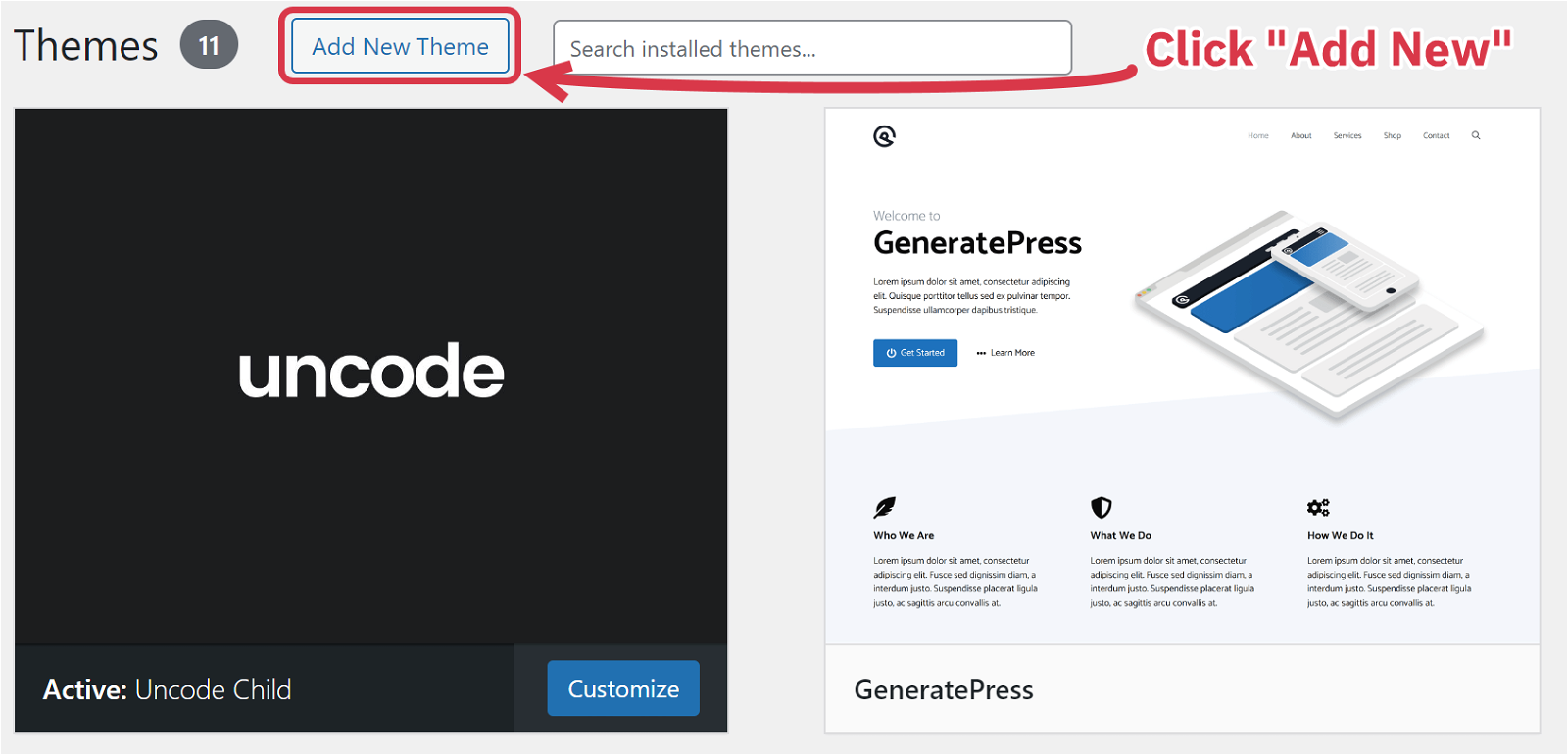
Step 4:Search for the name of your chosen theme and click “Activate.”
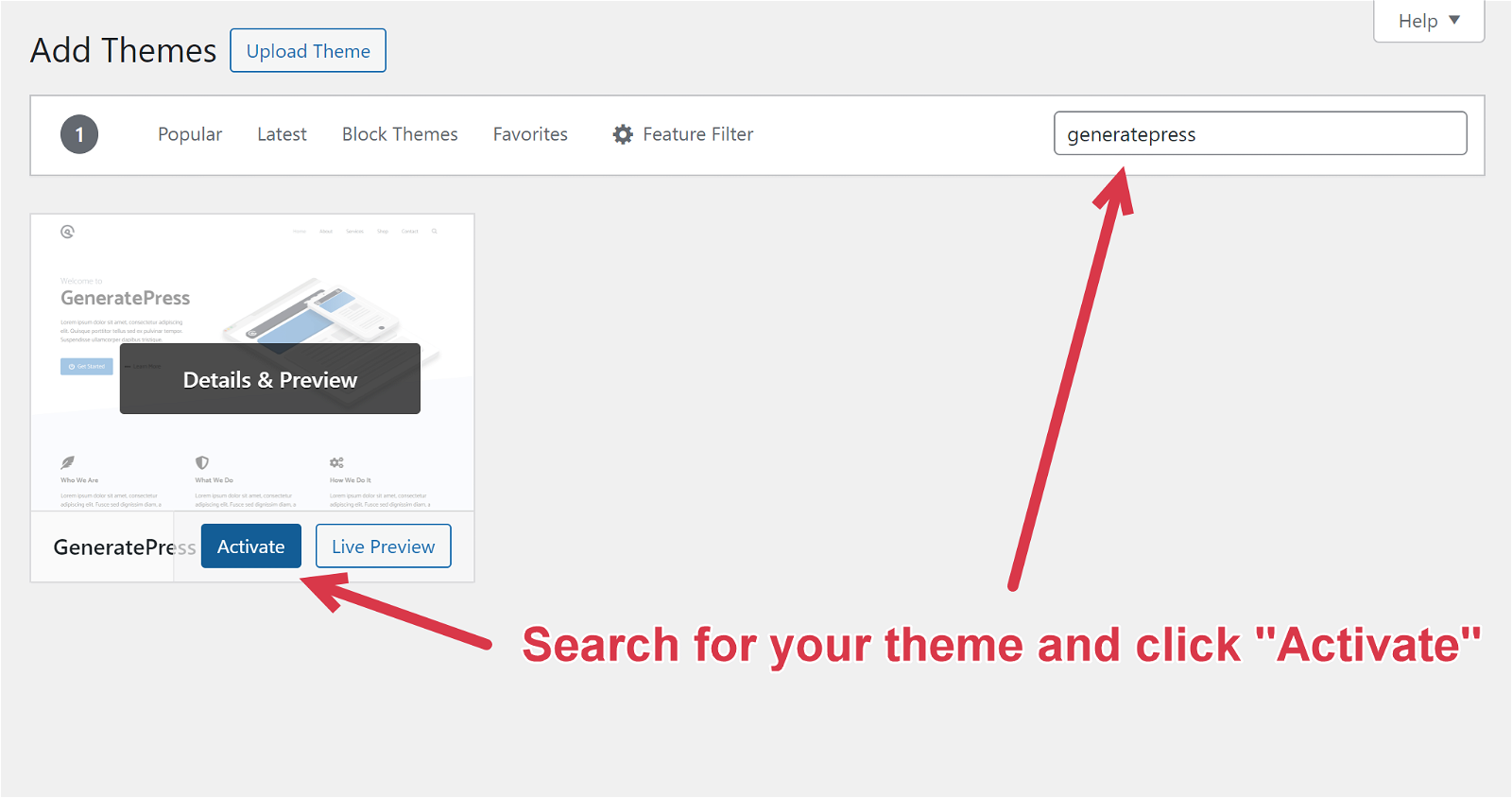
Once you install your theme, you’re ready to start customizing your new site!
6 Decide on Design & Branding
It’s time to decide on design and branding colors. This is the first step in customizing your site to feel like yours.
You can choose from some color palettes available through WordPress, but we recommend finding a unique one that speaks to your brand and niche.
For example, a personal fitness blog might have a vibrant and energetic color scheme with bold blues, oranges, or reds that can be used to mirror the liveliness of physical activity.
You can easily generate harmonious color palettes with Coolors.
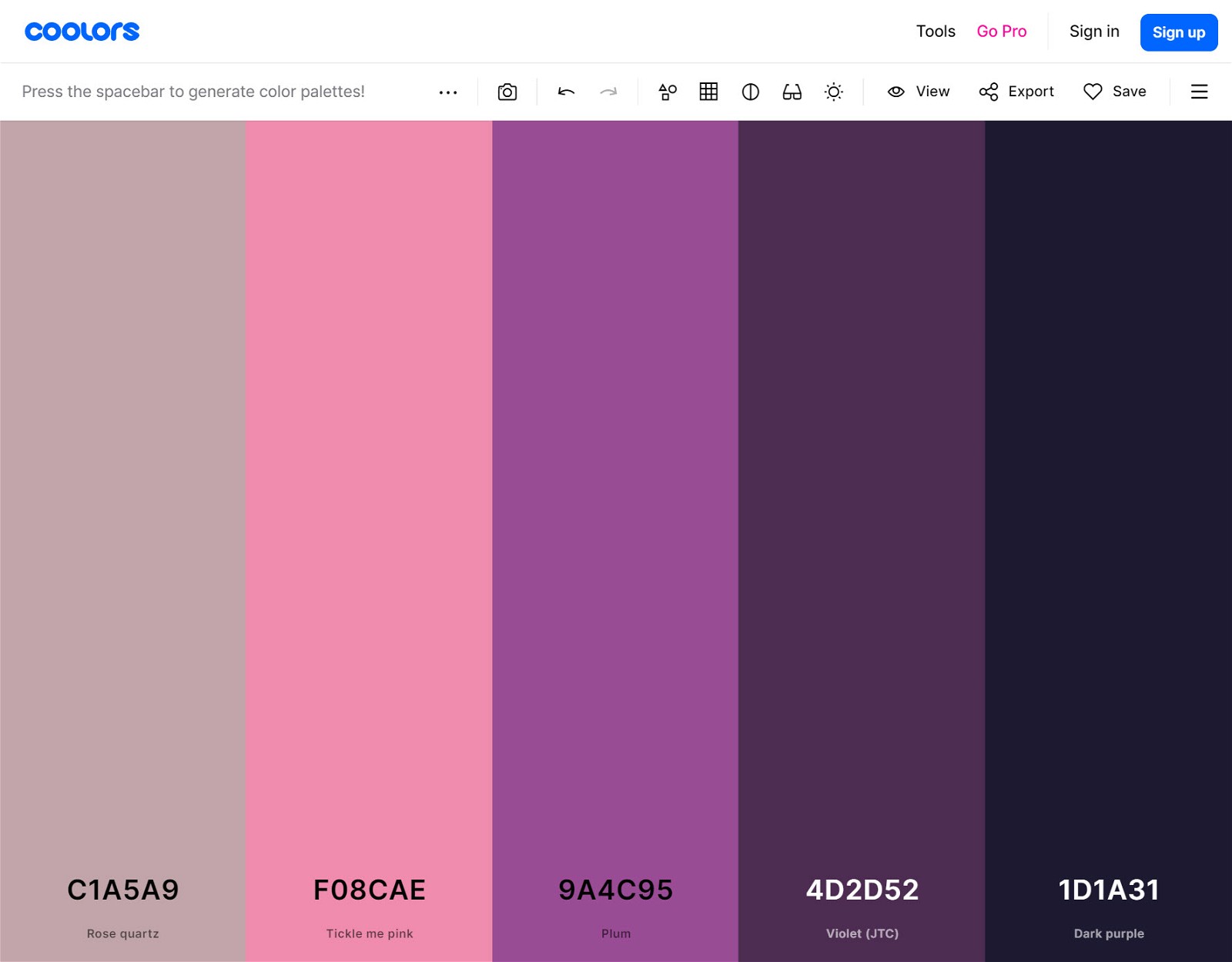
Once you find a color palette you like, it’s time to create a logo. Luckily, this process is easier than ever, thanks to Canva.
Just type in “[your niche] logo” into the search bar. For example, if I type “fitness logo” into Canva, it comes up with hundreds of free and paid logo templates to choose from.

After you find one you like, you can change the colors, text, imagery, and more.
7 Create Essential Pages
Now it’s time to build the 5 essential pages every blog needs:
Homepage
Your homepage should let users know what your blog is about and serve as a virtual front door to your content.
About Page
Your about page is where you can share your story with your audience. Tell them how you got into your niche and what motivated you to start your blog.
Add photos of yourself and whatever else helps tell your story. This is one of the most important pages, so take some extra time to make it shine.
Contact Page
At a minimum, your contact page should have your email or a contact form, but you can also include things like a business address, phone number, and links to your social media.
Privacy Policy + Terms & Conditions
The privacy policy and terms & conditions pages share how your site stores, collects, and uses reader information and sets guidelines for the use of your site.
You can make these for free at Privacypolicies.com.
Creating a new page takes just a few clicks. Go to Pages > Add New on the left-hand bar of your WordPress dashboard.
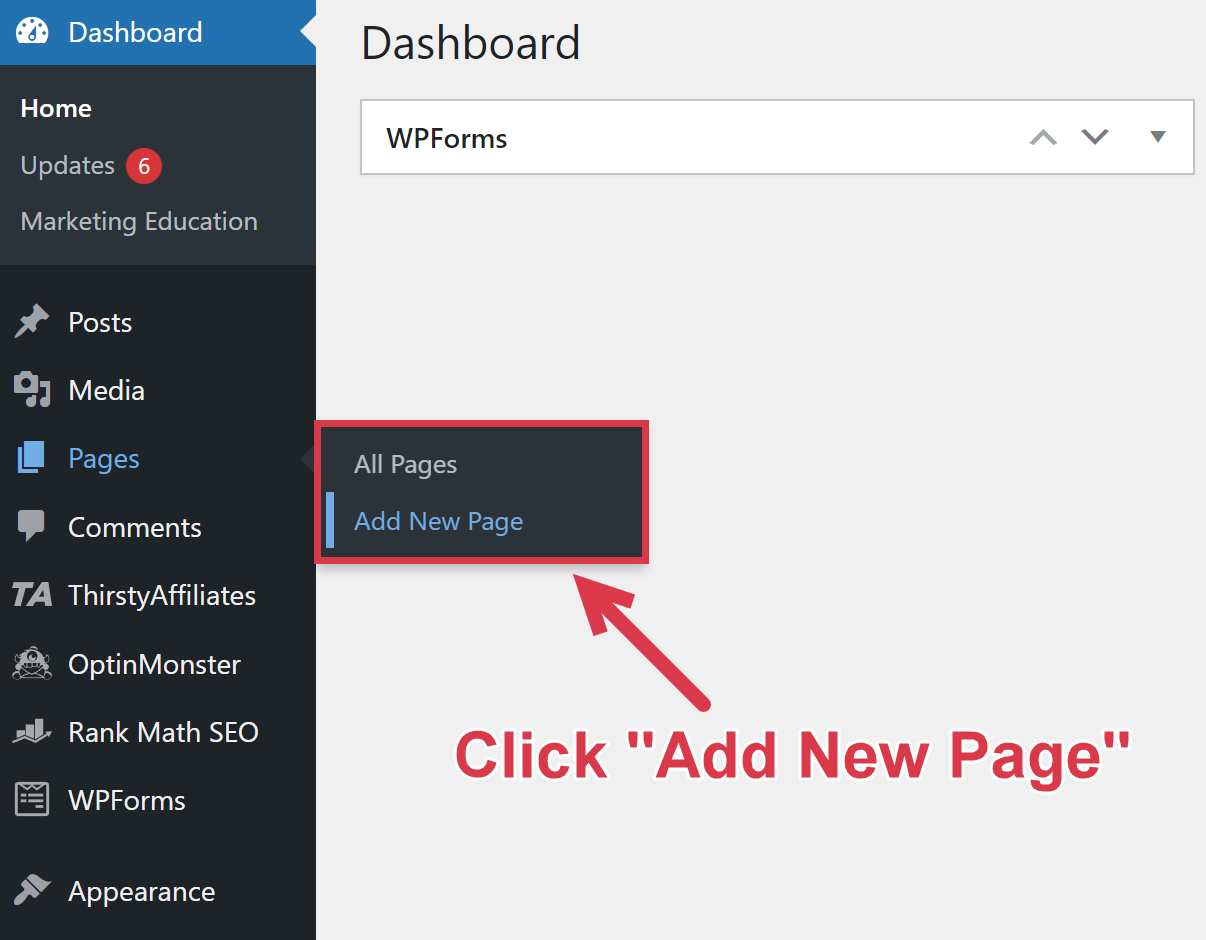
8 Start Creating Content
Once your site is fully set up and customized, it’s time to create content.
While you can technically just begin writing about anything you want, we recommend a keyword-focused content strategy.
This involves writing articles about keywords that people are searching for on search engines like Google. If you write a good article about the topic, you can rank and appear at the top of the search results when people search for your target keyword.
The best way to do this is through keyword research on Ahrefs. The goal is to find keywords with a low keyword difficulty (KD) and a decent amount of traffic every month.
Aim for keywords with a KD of under 25 to ensure a greater chance of success early on.
Here are some examples of good articles to write in the fitness niche:
| Keyword | Search Volume | Keyword Difficulty |
|---|---|---|
| Hiit workouts for women | 3.6k | 23 |
| Functional strength training | 7.3k | 22 |
| How to increase vo2 max | 3.5k | 14 |
| At home shoulder workout | 2.4k | 14 |
| Best crossfit shoes for women | 1.6k | 17 |
Use these keywords to create compelling blog post titles:
- The 10 Best HIIT Workouts For Women
- The Ultimate Guide to Functional Strength Training
- How to Increase Vo2 Max: One Month Training Guide
Once you have 10 titles lined up, you can start creating content. Here are some of my favorite tips for personal blogs:
- Share personal photos. Your blog is a reflection of your own story, experiences, and insight. Share your personal photos to help your storytelling.
- Infuse personality. Add personal anecdotes to make your blog content relatable. People want to feel like they’re conversing with you.
- Be helpful. Your readers are likely coming to your blog posts to answer a question they may have. Be sure to anticipate these questions and answer them thoughtfully and thoroughly. This can also help with search engine optimization.
- Use engaging headlines. Not only will engaging headlines encourage readers to keep reading, but they’ll also make your text scannable for those looking to answer a question quickly.
- Analyze the competition. Ensure your blog content is competitive with the top-ranking articles. Look for any information you missed to ensure your content is the best.
Here’s my golden rule for content creation: Be as helpful as possible. Create genuinely useful resources, and success will follow.
9 Promote Your Personal Blog
The best way to kick off your new site is to start promoting it organically to your friends, family, and current audiences.
Here are a few places you can share your site:
- Offer freebies or run contests. Host giveaways or contests to attract readers and encourage them to share your content.
- Post on Reddit or forums: Whether your blog is fitness, parenting, fashion, or interior design related, there are likely already relevant forums and subreddits you can participate in.
- Utilize Pinterest. If your blog is visually oriented (like in fashion, food, or interior design), Pinterest can be a great platform to share your content and drive traffic to your blog.
- Collaborate with the community: You can write a guest post for another relevant blog, reach out to social media influencers in your niche, or attend events. You can find events through Meetup and search through the Facebook events in your area.
- Go on podcasts. Land guest interviews on podcasts where you can reach a new audience.
Getting the word out there can take some creativity, but getting eyes on your site is a great way to kickstart your growth.
10 Monetize Your Personal Blog
Personal blogging is a fulfilling way to create change in the world and provide valuable insight, but it can also be lucrative if you play your cards right.
A successful blog has limitless potential for how far it can grow, and money is a great motivation to keep with it. The three best ways to make money blogging are through affiliate marketing, display ads, and selling your own products.
Let’s dig into each a little deeper.
Affiliate Marketing
Affiliate marketing lets you earn a commission from products you promote on your site.
Why It’s Great: You get to earn money recommending products to your audience without dealing with the complexities of product development, marketing, or order fulfillment.
Get Started: One of the easiest ways to get started in affiliate marketing is through the Amazon Affiliate program.
Display Ads
Display ads are great because of their passive nature. Once set up, they generate income as visitors view or interact with the ads.
Why It’s Great: As long as you drive traffic to your site, you can earn revenue. This is the simplest monetization method, and it works well alongside other tactics like affiliate marketing or selling products.
Get Started: The easiest way to put ads on your site is through a display ad network. Ezoic is a good option for beginners. Once you get more traffic, you can move to a higher-paying service like Mediavine or Raptive.
Sell Your Own Products
Create your own product and sell it to your audience.
Why It’s Great: While creating your own products can take some upfront work, you’ll have the opportunity to bypass third-party retailers and earn a much higher profit on your products.
Remember that you don’t just need to stick to a physical product, either. You can create ebooks, guides, courses, and more.
Get Started: Come up with a product idea and figure out how to develop it. Digital courses can be hosted on Teachable or Gumroad, and you can sell physical products with WooCommerce or Shopify.
Sponsored Content
Write positive material about a brand’s products in exchange for upfront payment.
Why It’s Great: You can partner with companies you love to promote products your audience will enjoy. And unlike affiliate marketing, you get paid upfront for a sponsorship.
Get Started: Make a “Sponsored Content” page on your blog to let brands know you’re open to sponsorships. If you want inspiration on how to make this, Pinch of Yum’s Sponsored Content page is a great example.
Accept Donations
Ask for donations from loyal readers.
Why It’s Great: Some content isn’t easy to monetize. If your blog covers something people care about — but doesn’t lend itself to more traditional monetization strategies — you can allow readers to support you and keep your blog running.
Get Started: Add a donation WordPress plugin like Tip Jar WP or Buy Me a Coffee to give readers an easy way to support you.
Summing Up
We’ve covered a lot in this post…
…but it only scratches the surface of what you need to know to build a truly successful blog.
To give you the tools necessary for true success, we’ve put together a detailed training that goes beyond what I discussed in this post.
Specifically, you’ll learn 7 blogging secrets that will make your new blog 83% more successful.
FAQs
Personal bloggers get paid through sponsored content, consulting, speaking engagements, running display ads, recommending affiliate products, and selling products, among other methods.
You can start a personal blog for free by creating a blog on a third-party platform like WordPress.org, Blogger, or Medium. These services are completely free, but they come with huge limitations in customization, content censorship, and monetization options.





